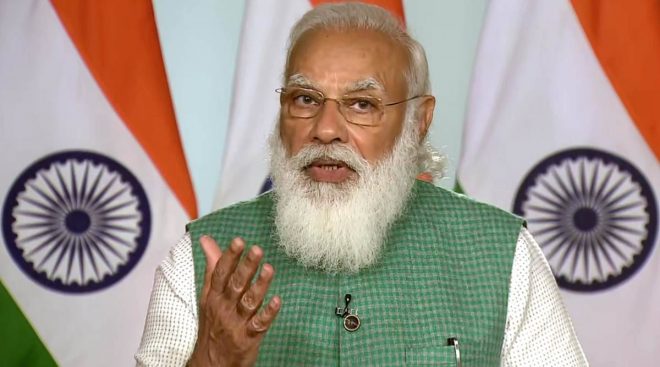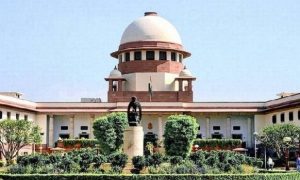Prime Minister Narendra Modi unveiled three advanced supercomputers, named Param Rudra, as part of India’s National Supercomputing Mission on Thursday. These powerful computing systems, with a collective investment of Rs 130 crore, are strategically placed in Pune, Delhi, and Kolkata to accelerate research in various scientific fields, offering a transformative boost to sectors like healthcare, space exploration, and more.
Read More: Swipe, spend, struggle: How credit card defaults are spiking in India
Param Rudra supercomputers role in advancing scientific research
The newly launched Param Rudra supercomputers are a significant step in India’s commitment to leveraging high-performance computing for cutting-edge research. These systems will support scientific breakthroughs across multiple disciplines:
- Pune: The Giant Metre Radio Telescope (GMRT) will use Param Rudra to study Fast Radio Bursts (FRBs) and other astronomical phenomena, advancing our understanding of the universe.
- Delhi: The Inter University Accelerator Centre (IUAC) will use the supercomputer to enhance research in material science and atomic physics, fostering innovations in these critical fields.
- Kolkata: At the S N Bose National Centre for Basic Sciences, Param Rudra will power advanced studies in physics, cosmology, and earth sciences, aiding researchers in developing new theories and applications.
Read More: ‘Complete Ban On Prasad Prepared…’: Ram Mandir’s Big Move Amid Tirupati Laddu Row
Additional high-performance computing systems: Arka and Arunika
In addition to the launch of the Param Rudra supercomputers, PM Modi also introduced two new High-Performance Computing (HPC) systems, named Arka and Arunika. These systems, with a combined worth of Rs 850 crore, are specifically designed for weather and climate research.
- Pune: The Indian Institute of Tropical Meteorology (IITM) will host the Arka system, which will significantly enhance research on tropical meteorology, climate patterns, and extreme weather predictions.
- Noida: The National Center for Medium Range Weather Forecast (NCMRWF) will deploy the Arunika system, focused on improving the accuracy of medium-range weather forecasting, aiding disaster preparedness and climate management.
Read More: Govt To Increase Sugar MSP, Ethanol Prices? Sugar Exports For 2024-25 Under Review
A technological leap for India
During the launch event, Prime Minister Modi highlighted the importance of technology in today’s world and emphasized India’s ambition to lead the global race in computational power. “This is a monumental achievement for the science and technology sector,” PM Modi said. “Technology and computing capabilities underpin every sector today. Our share in this revolution should not be limited to bits and bytes—we must advance to terabytes and petabytes.”
The launch of these supercomputers underscores India’s growing commitment to enhancing its technological infrastructure. These systems not only position India as a global leader in supercomputing but also facilitate pioneering research that can shape the future of science, healthcare, and space exploration.
The development of such advanced computing power signals a strategic move towards self-reliance and innovation in the science and technology sector, propelling India forward in an era where computational excellence is crucial to national growth.





































